Photo Flash: University of Maryland Crosses Continents with Bilingual Co-Production of MIDSUMMER NIGHT'S DREAM
By: BWW News Desk Nov. 08, 2012
The University of Maryland's (UMD) School of Theatre, Dance, and Performance Studies (TDPS) crossed continents, oceans and 12 time zones with a groundbreaking bi-lingual co-production of William Shakespeare's A Midsummer Night's Dream. Created in collaboration with the National Academy of Chinese Theatre Arts (NACTA), the production was presented at the Clarice Smith Performing Arts Center September 27-30, 2012 under the direction of TDPS professor Mitchell Hébert and Yu Fanlin, Professor of Directing at NACTA. After its premiere run at the Center, it will travel to Beijing for a series of performances.
Check out photos below and read on for an insider's perspective on designing this revolutionary production!
Creative collaboration can present a myriad of surprising challenges to a designer.
However, creative collaboration that crosses a continent, an ocean and 12 time zones, and takes place in a foreign language with a vastly different culture – well, that's a singular challenge.
That's exactly what set designer and MFA Design candidate Drew Kaufman did for the recent bi-lingual coproduction of A Midsummer Night's Dream, created and produced jointly by the University of Maryland's School of Theatre, Dance, and Performance Studies and the National Academy of Chinese Theatre Arts.
It's a production unlike anything done before in theatre that brought two extraordinary groups of students together on stage, each cast member performing in his or her own native language (with supertitles on video screens at each side of the stage).
With no set design counterpart on the Chinese team (one of those cultural differences), Kaufman proceeded with creating designs. He quickly realized he needed a concept that captured the minimalist Peking Opera style of staging – but that could also be packed in a suitcase for the Chinese leg of their tour. His solution: stunning fabric drops that became props for a later aerial acrobatics dance by the fairies.
The challenge of developing a production from opposites sides of the world was overcome using video drop boxes, Skype and a new UMD Cisco Telepresence system (also known as "Skype on Steroids") to enable the two teams to share ideas, collaborate on concepts and work through details with their distant partners.
In a typical collaborative session, Drew and his colleagues sat around a conference table at UMD, laptops open and humming. In the middle of the table, Chinese co-director Yu Fanlin is visible on the screen of another laptop, positioned to face the group. As he speaks to them in Chinese, a young woman seated next to him translates. Keyboards click furiously as ideas take shape.
Kaufman also overcame the challenge of adjusting to different stage sizes between the US and Chinese theatres that required restaging and reworking numerous props. He was surprised by – but adapted to – the Chinese style of tech rehearsals, which was an entirely different process from the typical US tech rehearsal.
Although Kaufman remarked that each stage of the process very likely held some sort of design surprise for him, he relished the challenge, and his lush set designs won raves from audiences at the Maryland performances as well as on the Chinese leg of the tour.
For more photos, including backstage shots, please click here.
To learn more about the University of MD School of Theater, Dance and Performing Studies, visit http://tdps.umd.edu/
Photo Credit: Stan Barouh

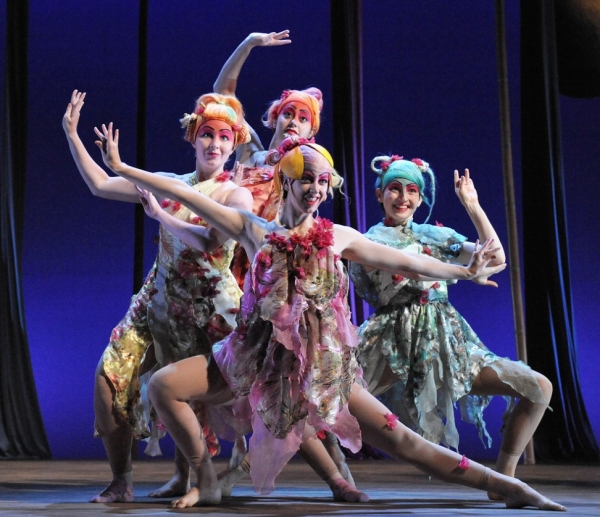
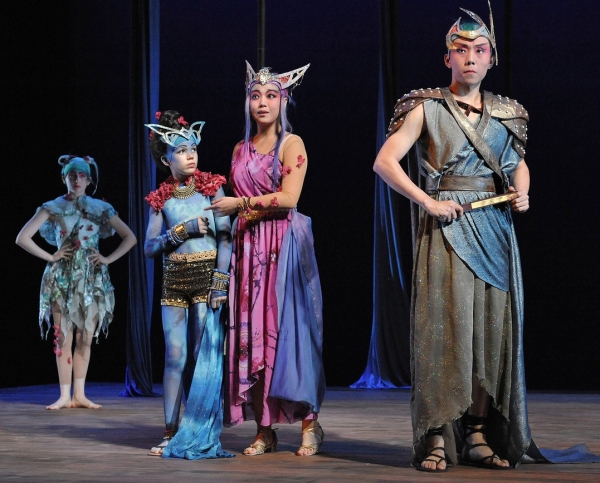
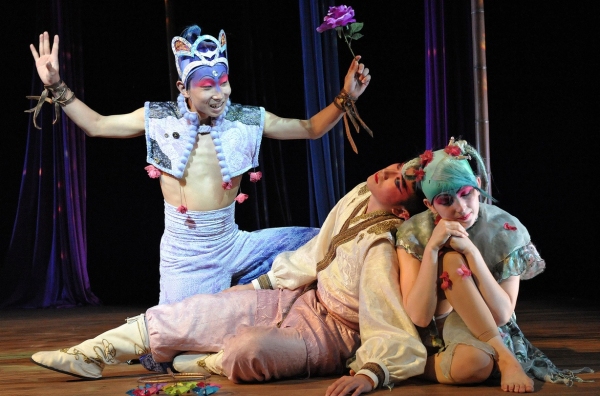
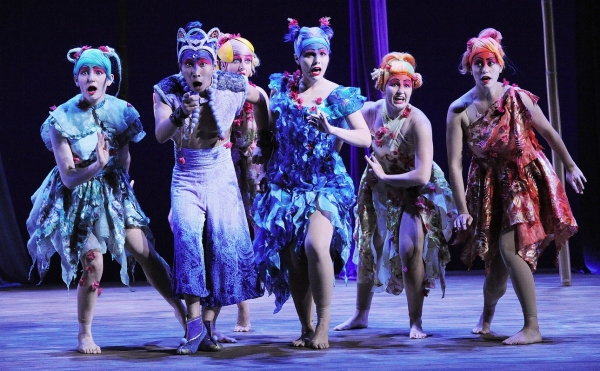


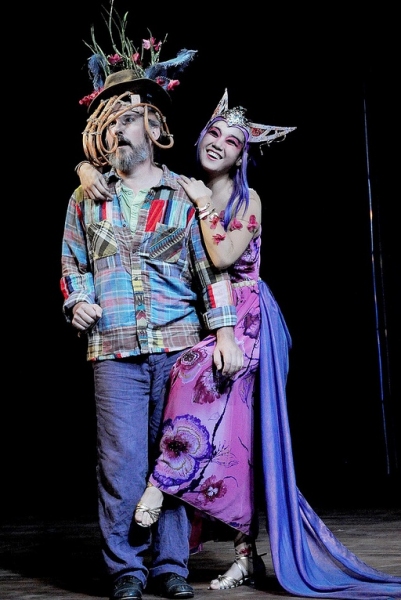



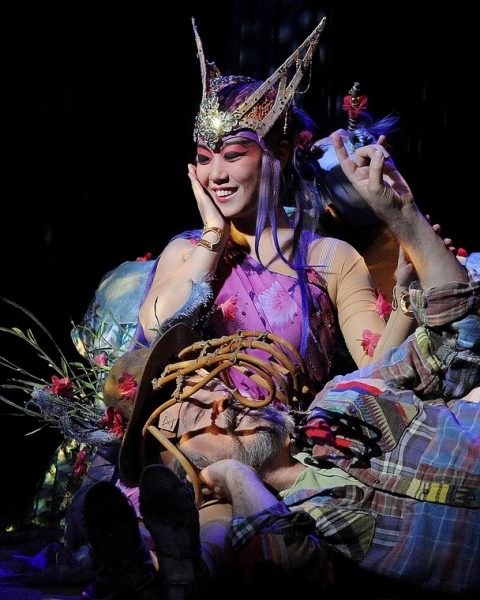
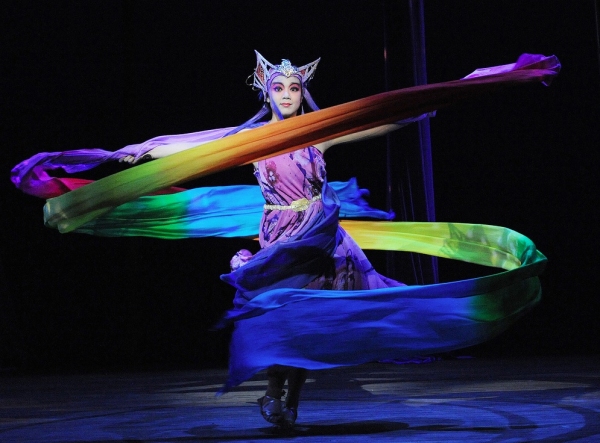
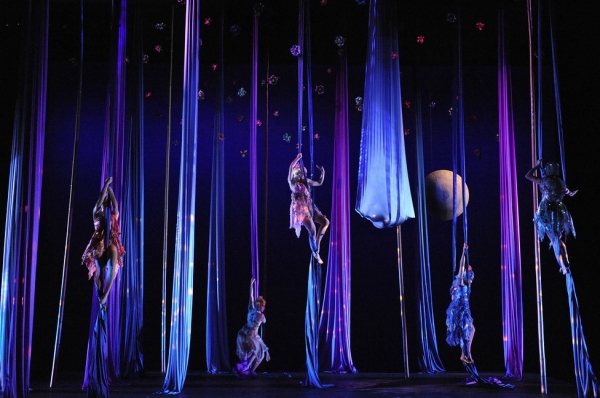

Comments

Videos


